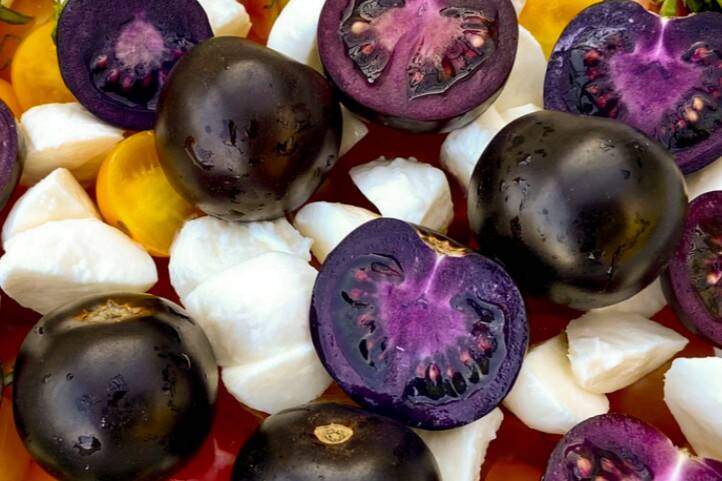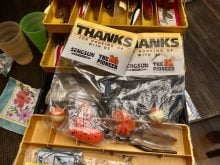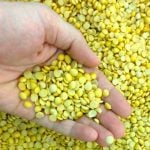Does anyone remember when Heinz made purple ketchup?
Sold in the early 2000s, it came in an “EZ Squirt” bottle and, if memory serves, was a lurid shade of brownish-mauve.
My grandmother bought it for me and my three siblings. She also got us a bottle of green ketchup. Compared to today’s pushes for additive-free, all natural less processed foods, food marketing back in the early ‘oughts’ seems a bit like a fever dream. I can only imagine how much food colouring went into purple ketchup back then.
Read Also

OPINION: Immigration policy needs labour gap nuance
A federally imposed, one-size-fits-all immigration crackdown fails when it comes to Canada’s regional labour needs.
Today though, if they really wanted to, they could probably make it without artificial colours thanks to a recent development in genetic engineering.
This August, United States-based Norfolk Healthy Produce got Health Canada’s approval to bring The Purple Tomato to Canada.
This seems to have flown under the media’s radar. I heard about them from an Australian crop breeder at a University of Manitoba lecture this fall.
Researcher Cathie Martin at the United Kingdom’s John Innes Institute used genetic engineering techniques to take genetic traits from snapdragon flowers, and apply them to tomatoes.
In case you were wondering, snapdragon blooms are, in fact, edible, according to a few gardening websites I checked. It doesn’t sound like they taste good, though.
Martin brought in the traits that boost the presence of the pigment anthocyanin in the tomatoes.
Anthocyanins are widespread in nature. They contribute to plants’ red, violet, blue and orange colouring according to a 2021 paper from the National Library of Medicine. It’s the same group of water-soluble compounds that give red, purple or blue veggies their hue and have been praised as antioxidants. In this case, they gave Martin’s resulting tomatoes a rich purple colour.
“Recent human and animal surveys revealed that (anthocyanins) are functional compounds able to increase antioxidant defences, diminish free radical damage, chronic inflammation and the risk of mutations, and attenuate, or even mitigate, the development and progression of many non-communicable and degenerative chronic disorders,” the paper said.
According to Norfolk Healthy Produce, the anthocyanins in purple tomatoes may provide benefits like anti-inflammatory effects, improved vision health and better cardiovascular health. One serving of the purple tomato delivers a similar amount of anthocyanin as a serving of blueberries, the company’s website says.
That’s not what drew me to them, though. I only thought about making purple salsa and purple pizza sauce. Perhaps even ketchup?
Based on Norfolk’s website, seeds for The Purple Tomato were only available for sale in the U.S. in 2025 and sales are closed for the season. We’ll have to see if they’re made available in time for our 2026 gardens.
















